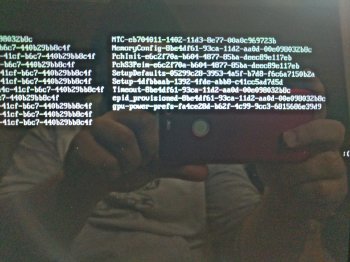Throughout 10.13.6 update I am still working this way on High Sierrra.
In short: each reboot, normal or reboot during system update requires the interception of that reboot with the USB based boot image and some limited command prompt action in Ubuntu booted from USB stick prepared by
https://realmacmods.com/macbook-2011-radeon-gpu-disable/. (no affiliation)
From there a shutdown and then a restart right into MacOS untill next reboot or update required.
Easy enough to get used to and takes no more time than waiting for your old magnetic HD based system too boot.
Summarized steps are based on on having ready that particular USB stick so if you are not prepared to get that USB image for your convenience at a small price, check other posts in this thread instead and please continue sharing your successes.
USB Stick boot during every reboot.
-As said, every reboot be it for system updates or critical software updates like firewall require to run the script from USB drive, then shutdown, then reboot into MacOS.
- To apply Apple update: monitor carefully, ready to intercept the system update reboot with option key and boot to USB stick mentioned above to run the script
- Doing that is easy because the USB stick provides a noob reassuring GUI in Ubuntu. Start command prompt (terminal) , issue exactly 2 command to launch RadionDisable.sh (script by website above)
- Shut down and reboot into MacOS and remember to do this in between reboot phases of MacOS update if not the system update reboot process will provide blank screen or whatever is wrong with the Macbook..
Recommended: stable and clean operating system that allows one to work without often reboot.
Reward: everything works as it should: brightness, sleep, updates (so far) and no soldering work is required. Not the one recommended by website I refer to or the full procedure.
MBP 2011 , 15" 1680x1050 display, Core i7, 2.4Ghz.
Periodically sharing what still works for me and allows me to be very lazy and NOT follow any command prompt instructions in this thread that -even though appreciating very much the sharing and that I might need those one day- so far have cost me a lot of time with no better result or convenience..
Maybe I am just lucky with my particular MBP and your mileage may differ.


